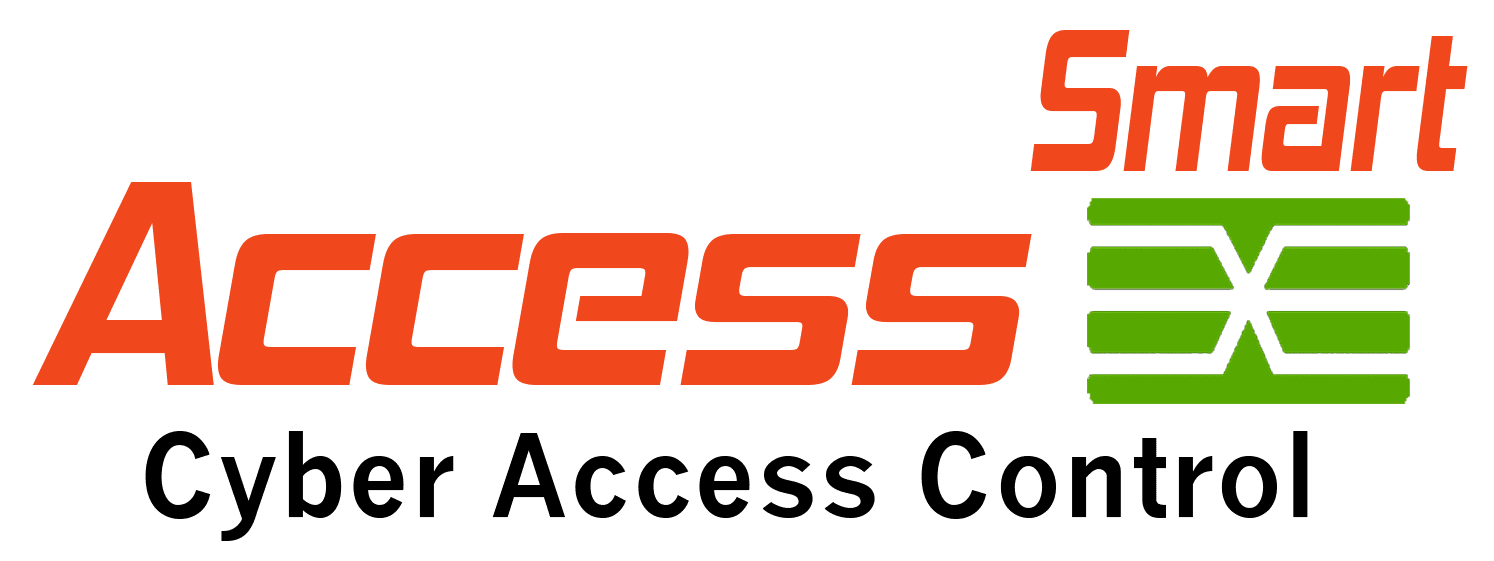Network Access Authentication is essential to the Laws of Computers
The concept of mechanical devices that will do manual and menial labor can be traced back to Ancient Greece. Whether it’s an automaton by Hephaestus or Honda’s Asimo robot, they all have something in common, a human-written program that controls the machine’s behaviors and actions. In a 1942 short story “Runaround,” Isaac Asimov first introduced the “Three Laws of Robotics” that is accepted as gospel among roboticists. As recently as 2011, the Engineering and Physical Sciences Research Council (EPRSC) and the Arts and Humanities Research Council (AHRC) of Great Britain jointly published a set of five ethical “principles for designers, builders and users of robots” that built off of Asimov’s laws. But what is a robot?
Robots are basically computers with mechanical appendages that give them some form of mobility. There seems to be no consensus on which machines actually qualify as a robot, but many designs seem to mimic humans or animals. While Isaac thought it necessary to write laws for a fictitious device and the EPRSC published their five laws, the “brain” controlling robots is left to total anarchy: The Computer. There needs to be Three Laws of Computers.
Computers, unlike robots, are all around us. They help in cooking our food, powering our homes, communicating around the world, and traveling to the far reaches of space. Young kids today are more adept with a mouse than a pencil. Computers are being used for good things like producing clean drinking water to terrible things like spinning uranium to create nuclear weapons. With all its uses, it seems odd that the founders of the computer age – Charles Babbage, Calvin Gotlieb, Michael Dell, Tom Watson, Steve Jobs, Bill Gates, Dr. Wang, Hewlett or Packard to name a few – never saw the need to write any Laws of Computers.
If robots are just mechanical extensions of computers, and a computer controls the robot’s actions, movements and tasks, then before one has laws on robotics shouldn’t there first be laws governing computers? Therefore, I have taken it upon myself to publish:
Dovell’s Three Laws of Computers.
Law #1: Computers must not, or allow other computers to, harm humans or other sentient life forms as they complete their series of commands (program) given to it.
Law #2: Computers must first positively authenticate the user, determine that user’s rights and privileges, and leave an accountability record before executing its programs.
Law #3: Computers must automatically learn, configure and remember how each human wants it to behave and then instantly recall that configuration every time that human accesses it.
I have been around computer since the mid 70’s playing with a DEC PDP-11. I have seen a lot of changes over the years and what I have always vehemently disagreed with is the direction computers are going: people always have to learn how to operate a computing device (DVR, PC, ATM, Cellphone, microwave oven, etc.) and that no two devices ever operate the same. Computers force people to behave on their terms thus making people servants to the computer. This is totally wrong thinking. Machines are always servants to people. Computers are no different. This is the purpose of Law #3.
In 1981 the first personal computer virus called “Elk Cloner” attacked the Apple DOS 3.3 operating system. Then in 1986 two brothers in Pakistan are credited with the first MS-DOS virus called the “(c)Brain”. From that point on the security war was on. As IT implemented more security to protect computer data, they inadvertently omitted the user’s experience. Security is now at the forefront with cyber warfare, identity theft, hacking, malware, etc. There needs to be accountability for a computer’s actions. That is why Law #2 was written.
Throughout the ages, mankind has always found a way to turn the latest technological advancement into a new killing weapon. People have transferred computer power to inflict lethal blows. And while it may be more optimistic to hope that we can evolve above the killing of each other, Law #1 was added as that lofty, altruistic goal. We are all members of the same experience called “life.”
Having been in the high tech and security world for almost 30 years now, I wanted my engineering abilities to address these visionary three laws of computers. For 15-years I worked in the smartcard industry knowing that these cards have the capabilities to address Law #3. With hidden sticky notes and simple passwords, the users circumvented IT security for their own convenience. So in 2005 I founded Access Smart, LLC with the sole purpose of addressing Law #2.
With our work at Access Smart and the use of the smartcard, I now have computers running our solution remembering who I am, knowing how I want it to behave and knowing that I am the one telling it what to do. Tackling two of the three laws is a good start. Maybe with the help of like-minded leaders, we can start addressing Law #1.



